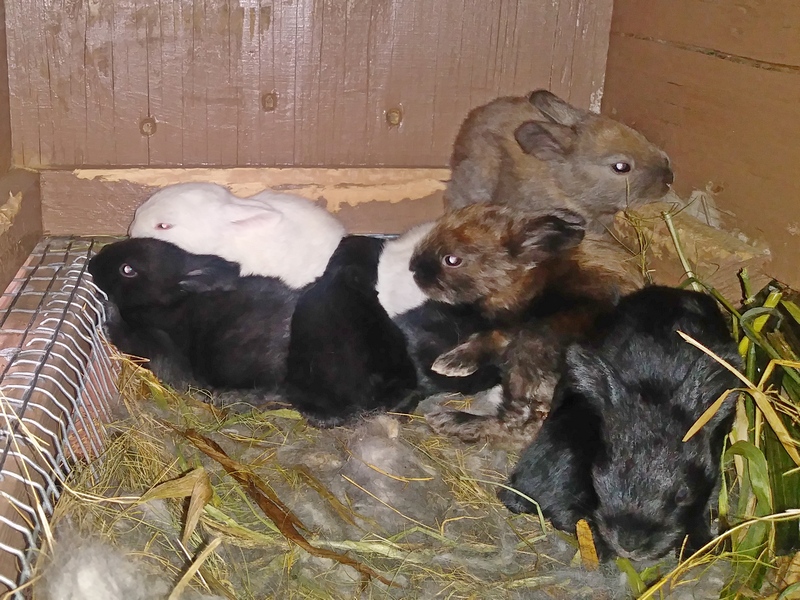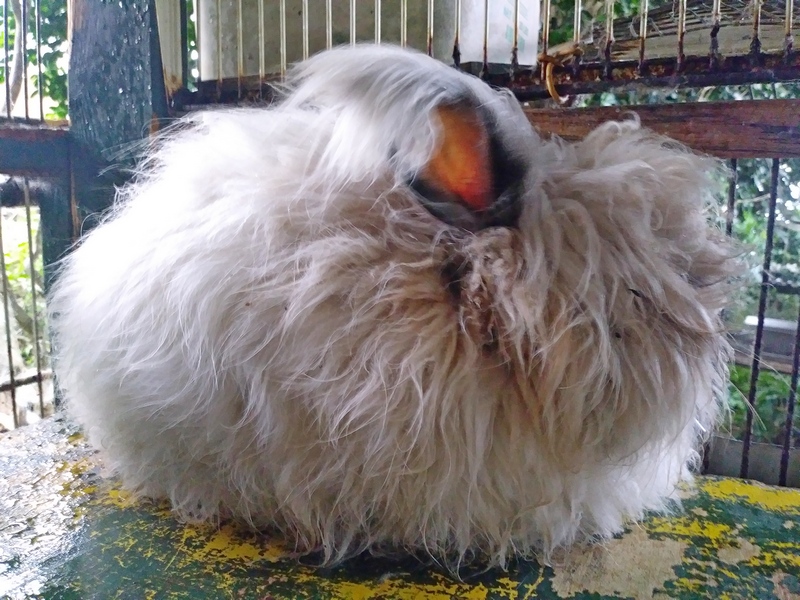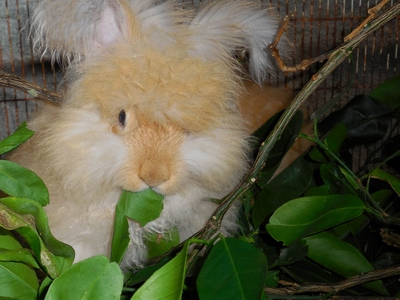- Thread starter
- #11
Larsen Poultry Ranch
Herd Master
Thanks for the bunny info! I will have to look at the different Angora breeds in more detail, I know I want a clean faced rabbit. I'm hoping we will get into a property by this winter so I can add Angoras in the spring.Oooh! Build another one! Two spinning wheels are always better than just one! And AFAIK it's impossible to have too many bobbins.
My first lazy kate was a shoebox with knitting needles stuck through it. It wasn't elegant, but it worked. Having a brake band on the bobbins would be a good thing, although I've not built one yet.
While you're building things, don't forget a niddy noddy! Once you get the yarn made, then you'll need something to put it into a skein. Or a swift, that will work, too, but I'd think that a niddy noddy would be easier to build.
Yup, we have angora bunnies around here. http://hillsidefarmhawaii.com I do need to update the 'in the nest box' page as well as the 'available bunnies' page but I'm over here at BYH where it's more fun.
Angora bunnies aren't any more difficult to keep than regular bunnies other than needing three haircuts a year. Although, that's for keeping them as a 'micro-sheep' fiber critter. When keeping them as a 'show' bunny with a long coat, then they need about daily maintenance to keep their coat tidy. The ones here have not only been bred for easy care coats (that's one of the selection criteria when deciding which ones to keep) but they get sheared down to naked every three or four months. By the time the coat is getting long enough to need maintenance, it's about time to shear it all off again.
Perhaps you could try just one angora for the wool to spin? If you select an angora breed other than English, they will have a clean bunny head on a fuzzy body and that will be less bunny coat to maintain. Their fiber is great for spinning into yarn, it makes a light, warm and insanely soft yarn. Not much stretch to pure angora yarn, though. At least for English angora, maybe some of the other breeds have more crimp in the fibers. It makes great shawls and scarves and things that drape. If it's mixed with sheep's wool, then it will have more stretch and cling and be good for sweaters and such.
Since the bunnies are kept in hutches with wire floors, their fiber is clean when it's sheared from them so there's very little prep work necessary to spin angora. I just grab it out of the jar and spin it without prep.
The wool ends up a lighter color than the rabbit would be with normal fur, right? Do you have a recommendation or favorite color?



